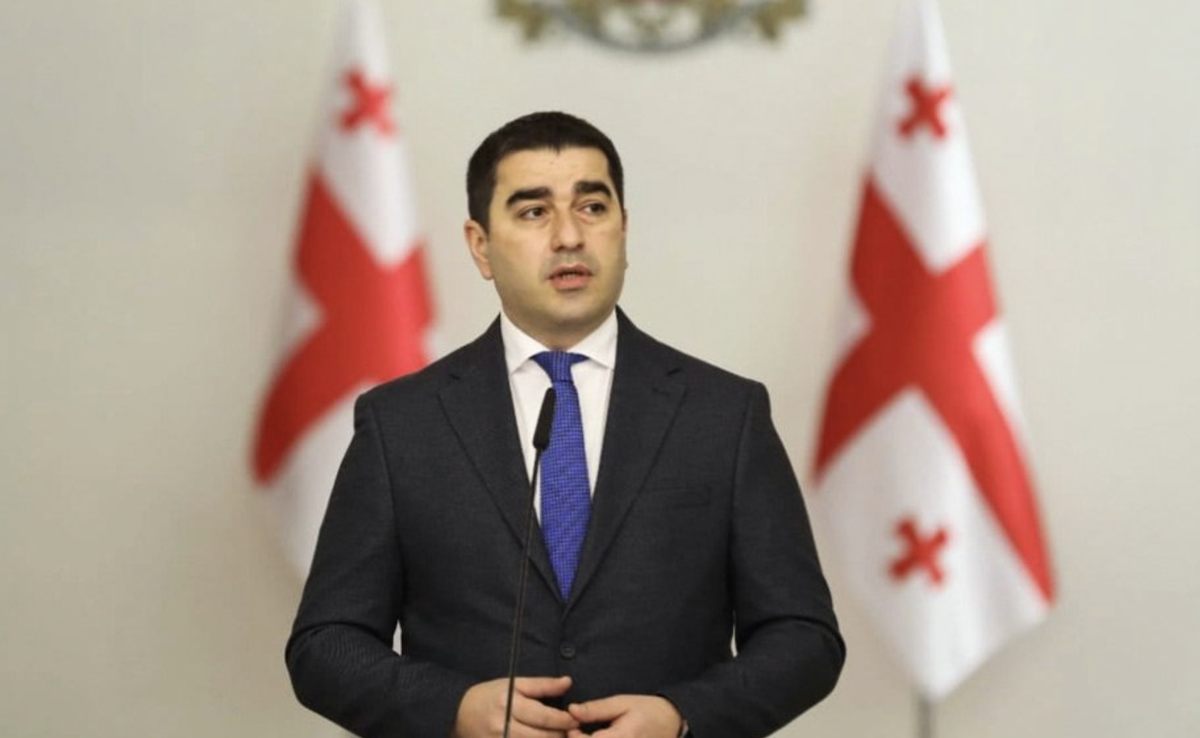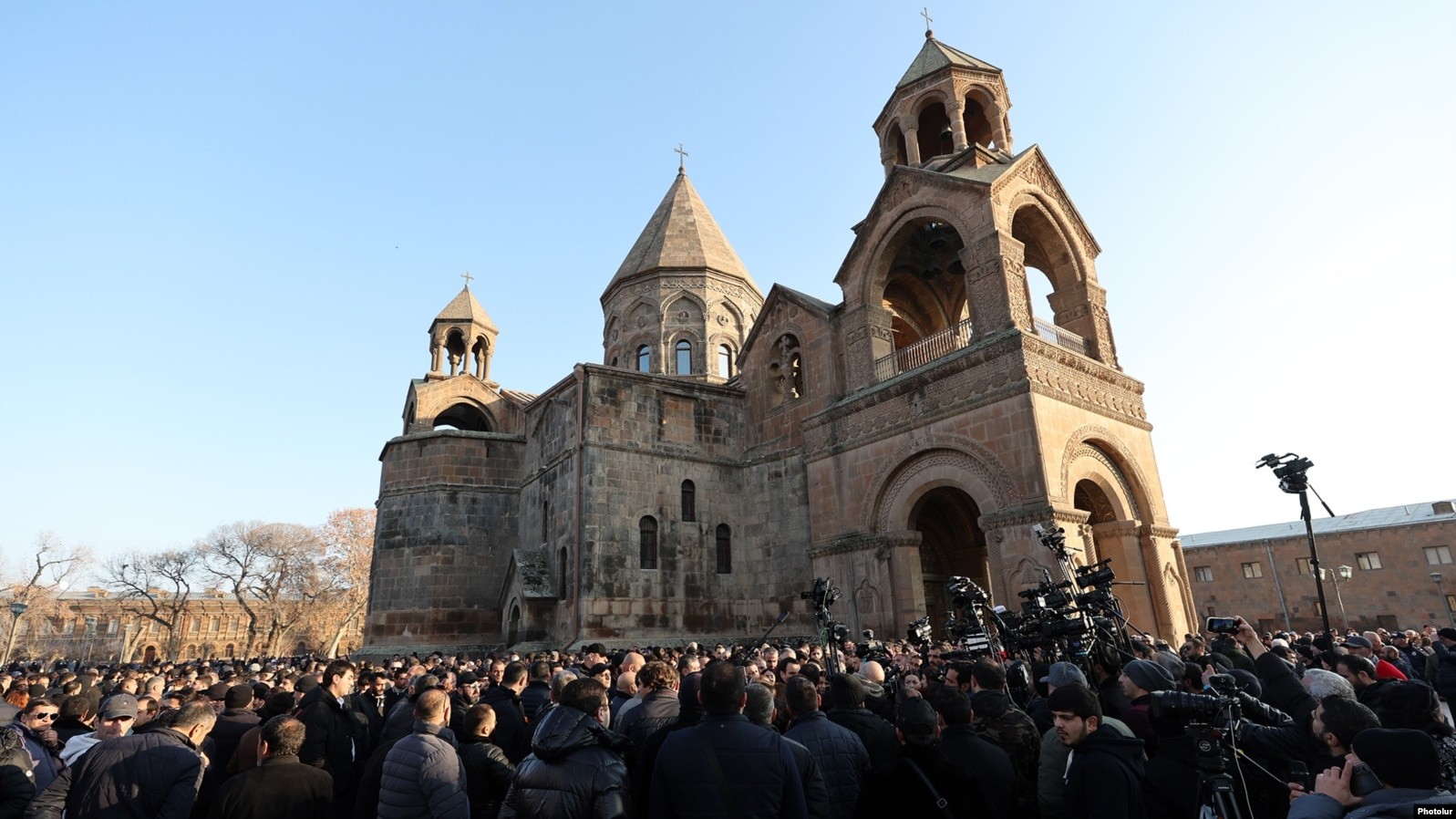Azerbaijani photographer lives through a 44-day war
Photographer Veli Shukurov at war
“I started taking pictures at the age of 21. We had a big project called United Colors of Azerbaijan. They took portrait photos of people on the street and asked one question: “What is your biggest goal in life?” I addressed this question to about 8,500 people and saw that 90% of them have no goals.”
Veli Shukurov is a photographer who covered the 44-day war in the fall of 2020. He says that he never even thought of becoming a war photographer. Everything happened suddenly.
- Children, soldiers and tanks
- The car that saved photos and other stories of refugees from Karabakh
- Sharing classroom with your ‘enemy’: how Armenians and Azeris study together in Tbilisi

“29 out of 30 buildings were destroyed”
“It was September 27, 2020. They heard that war had begun. Early in the morning with my friend Aziz (he is also a photographer) we got into a car and rushed to the Fizulinsky district. About two or three days we stayed there. There we were not allowed to move on closer to the front line. So we went to Terter.
What we happened to see in Terter was very sad. For example, about thirty houses in the village of Margushevan in the Tertersky District. These houses were built for forced immigrants who fled from their native lands during the first Karabakh war. I can say that 29 of these 30 houses were destroyed.

When we were there, not a single woman, not a single child was left in Terter. Only men remained, and some of them sheltered in the basement of one house. The entire area was continuously under artillery fire.
When we interviewed these men, they replied: “Let all the shells released by the Armenians fall onto our homes. We will rebuild them. If only the soldiers were spared and they were not injured. “

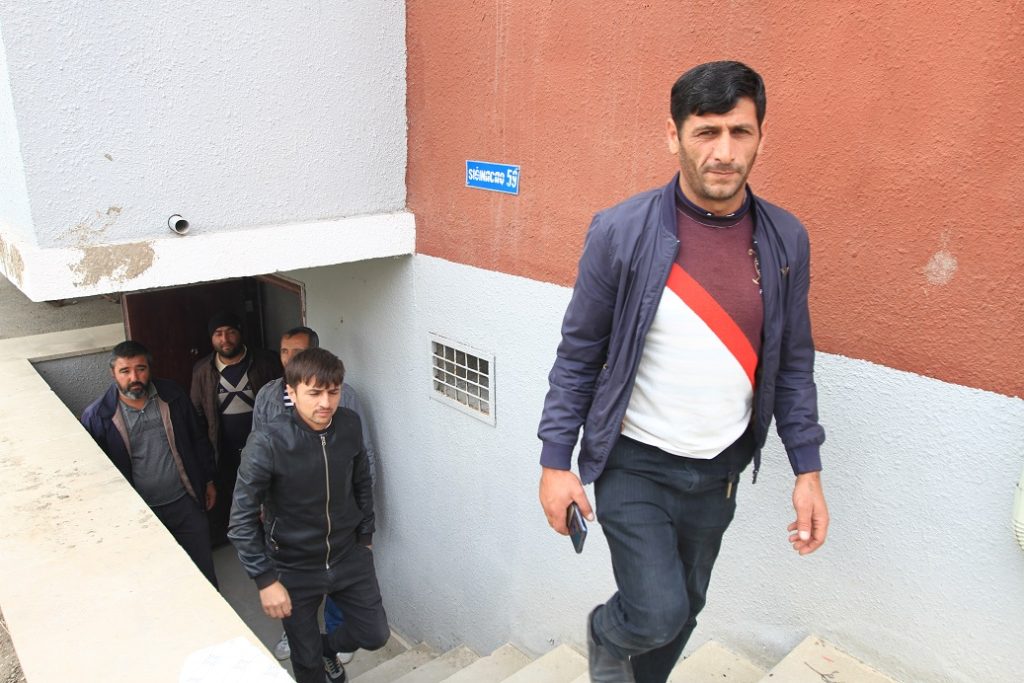
“The bomb fell 150-200 meters from us”
“For the first time I heard the sounds of weapons, shelling. A rocket fell somewhere in Tereter but did not explode. My friends and I approached and moved it.
In war they shoot, wait a few minutes, shoot again. Some time passed, and the next shell fell 150-200 meters from us and exploded. On that day, my legs shook with fright without stopping. But this fear lasted two days only, then I began to get used to these sounds.
War acts on you psychologically. In a short time we managed to get used to the sounds of weapons and explosions. And when they didn’t shoot for a long time, we thought, but why aren’t they shooting? As if it is normal … “
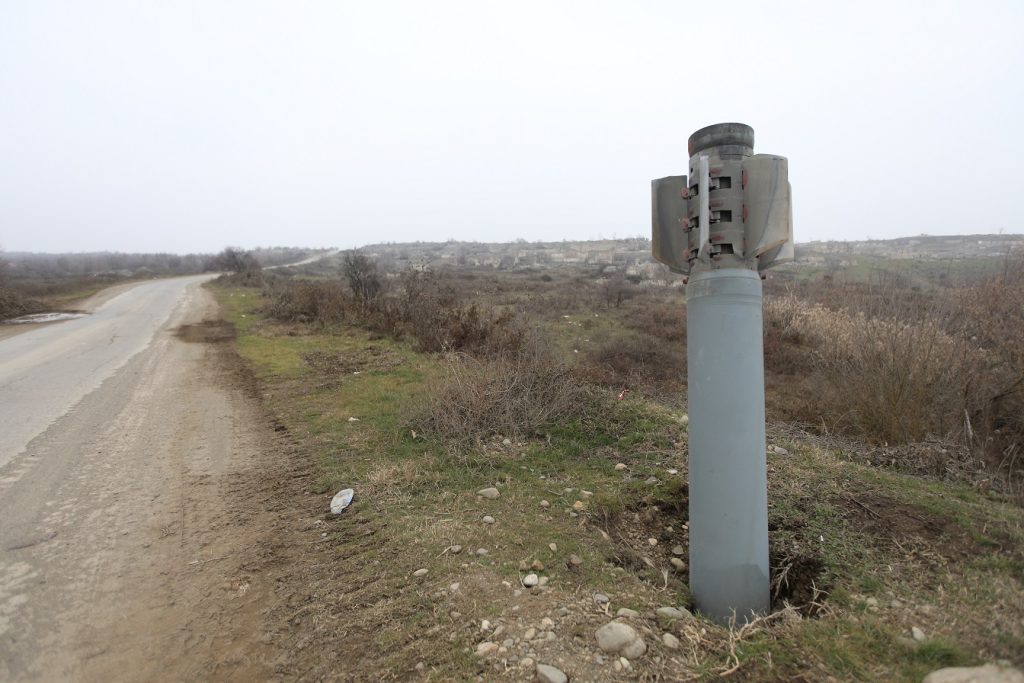
“We filmed the people’s grief”
“Mostly we filmed the rear. None of the photographers went into the trenches. They didn’t allow it. We worked in most cases with the population. We filmed the destroyed houses, the people’s grief.
The photograph of a mother is one of the saddest. A proud woman who sent her three sons to the front. When we talked to her, she said that she was ready to sacrifice all three sons for the sake of her homeland.
Once we took a picture of an elderly man. His son was injured, the house was completely destroyed. It was in Terter. The man told us that he agreed to the destruction of ten such houses, he would endure it, so long as the soldiers in the trenches did not suffer, they were not hit by a bullet.

There are many such soulful photographs. Each has its own story.
For example, once they went to visit a family. There were three young children there. They didn’t know that their father had become a martyr.”
“The photographer must be cold-blooded, I’m not like that”
“When we went there on September 27, we did’t think it would go on for so long. They were not ready for this. They didn’t even bring a change of clothes.
After fifteen days, I went back to recover.
Having gone home, I didn’t talk to anyone there or at work. They asked what I was filming, I said you can see it all on TV. Ten days later I went back to the front.
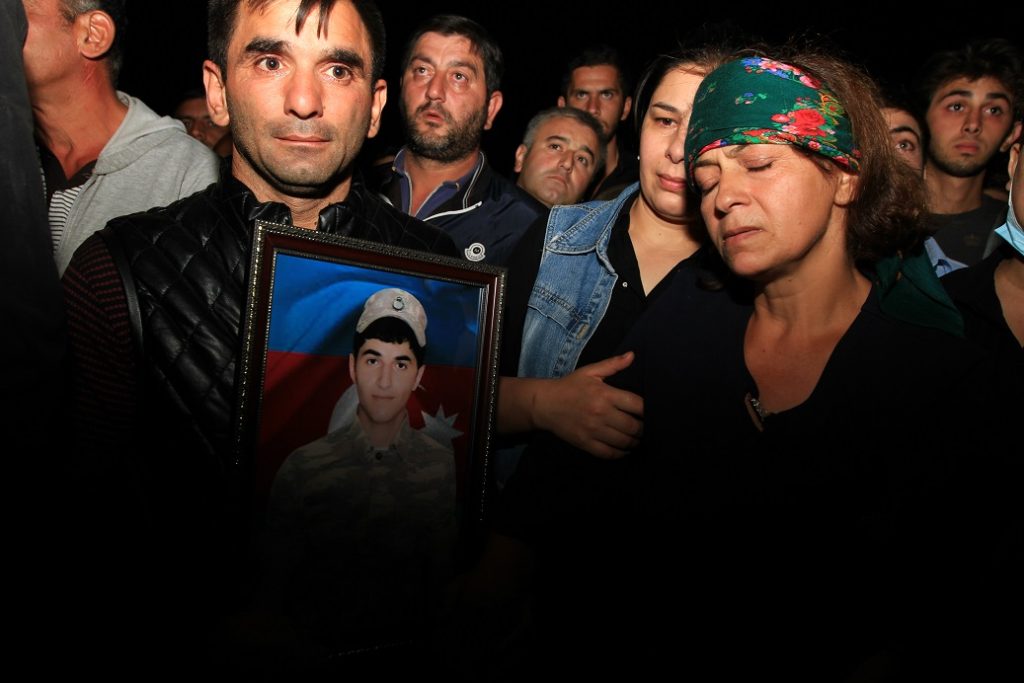
At the time of the first strike on Ganja [during the 44-day war, the Armenian Armed Forces launched five missile strikes on the city of Ganja, located outside the front zone; 26 civilians were killed, 175 people injured – JAMnews] we slept in Barda. Between these cities it’s about thirty minutes by car.
You know, photographers, journalists have to be cold-blooded. But, unfortunately, I am not cold-blooded. Sometimes from grief you forget who you are, for what purpose you are there. I experienced this in the days of the war.”
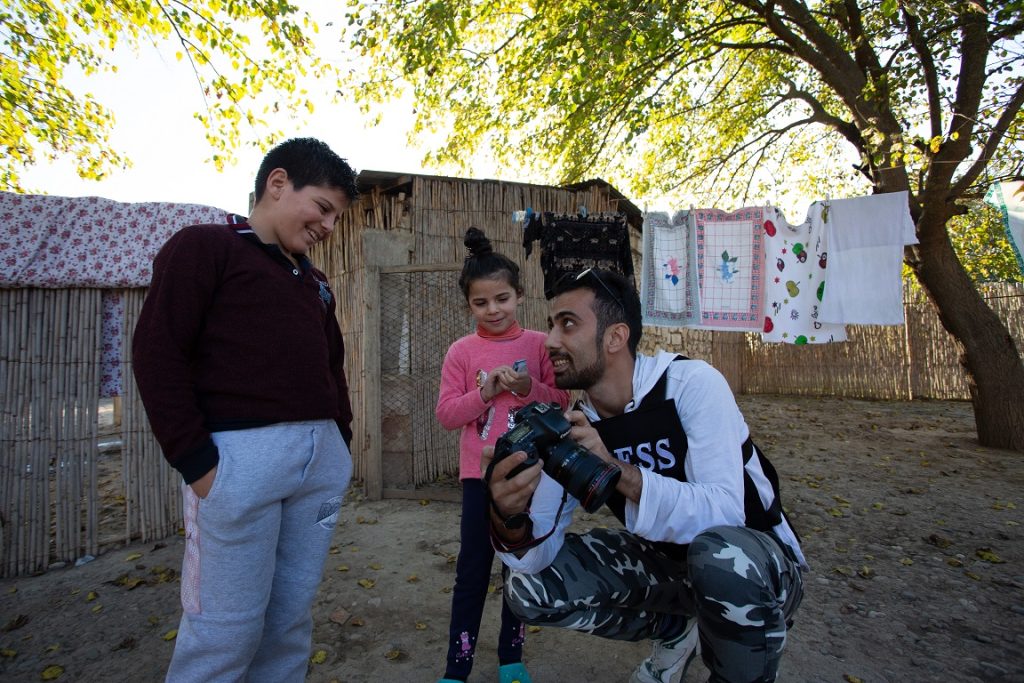
“I started crying too”
“There is a road between Terter and Barda. And there the village of Saryjaly has a high hill. People climbed up that hill and looked towards Tereter, following the general course of the war. We also went there with photographers.
When we were at the top, I noticed that one elderly man leaned against a tree and was crying. Friends continued to shoot everything that was happening, but I stood near this man, put my hand on his shoulder and asked: “Uncle, what happened? Tell us, maybe we can help you. ”
He replied that for several days in a row he had been talking with his son. But since yesterday he could contact him: “My son is at the front. I think may have been wounded.”
This moved me and I began to cry with him. In these moments you forget that you are a journalist, a photographer, even forget about the report itself … Because human feelings overshadow all of it. ”

Photographer Veli Shukurov at war












